Jackfruit (artocarpus heterophyllus) -Trees of India
March 23rd, 2007 | admin
Jackfruit (artocarpus heterophyllus) is native to Kerala or Southwestern India. Jack fruit is also found throughout India, and countries like Malaysia, Sri Lanka, Vietnam etc.
This tree produces the biggest tree-borne fruit. Though it appears to be a single fruit, it is a compound fruit. In Kerala, such fruits reach a maximum length of 4-5 ft and diameter 2 ft, easily weighing up to 40 kg and in rare cases 50 kg a fruit. It gives the appearance of a single fruit, giving it the appearance of a big fruit. The fruit, leaves and bark of the tree has a sticky white latex, which makes it difficult to handling the fruit. When the large green compound fruit is cut open with an axe or a big knife, one can see numerous bulbous parts (the actual fruit), each enclosing a long oval seed, which also is edible. One needs to apply kerosene, coconut oil or paraffin to remove the latex. There is however no glue in the actual fruit that people consume.
There are hundreds of variety of jack fruits in Kerala, which are mainly classified into two – koozha (the fruits become fibrous and lose its strength to retain shape on complete ripening and varikka (the fruits that retain the shape even after complete ripening. It takes skill to eat koozha chakka (chakka means jackfruit in Malayalam). On pressing the fruit the seed is sqeezed out. On the other hand varikka chakka stays in shape and gives a nice crunchy bite.
The wood is used as timber for making furniture of almost all kinds, including doors. Carpentry is quite easy on this wood. It also supports craftworks. The heartwood is also used in the production of different musical instruments.
Propagation of the plant is mainly by seeds or by air-layering. Seeds have very short shelf-life, usually less than 30 days.
Artocarpus heterophyllus belongs to the plant family Moraceae.




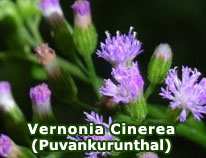
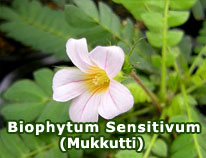
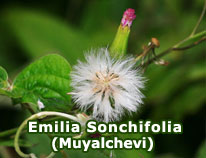
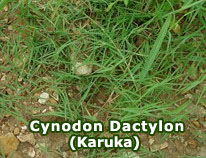
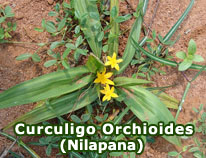
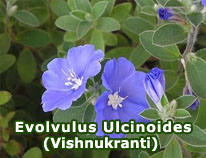
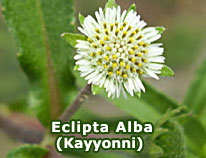
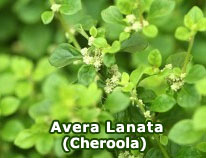
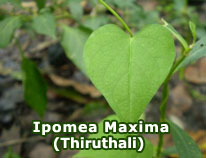
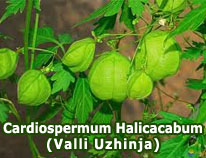
 Loading ...
Loading ...





